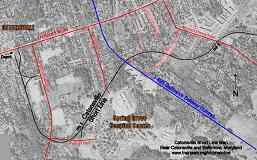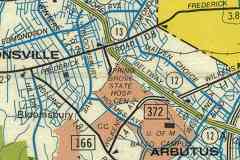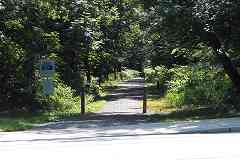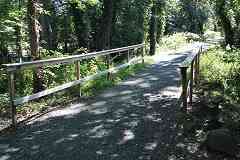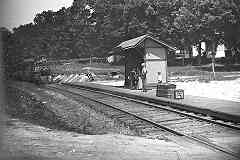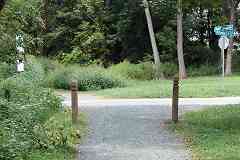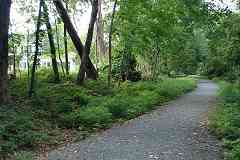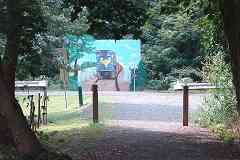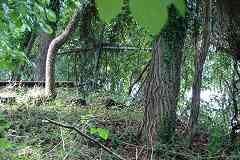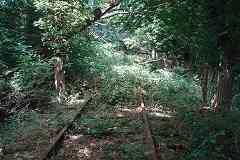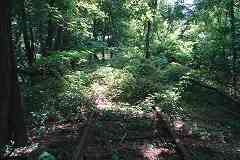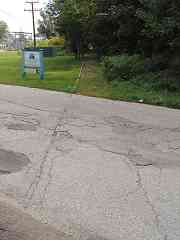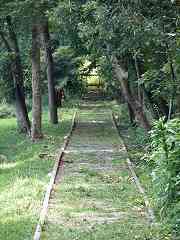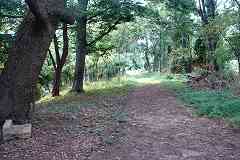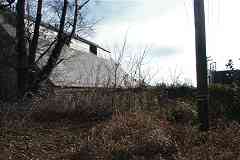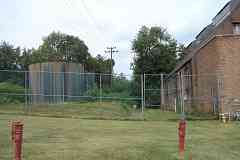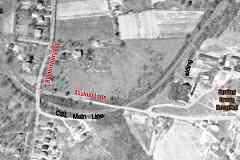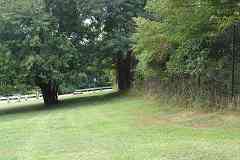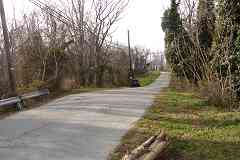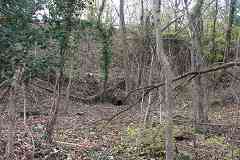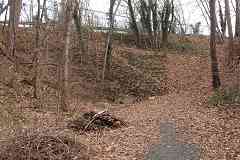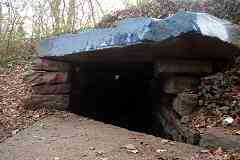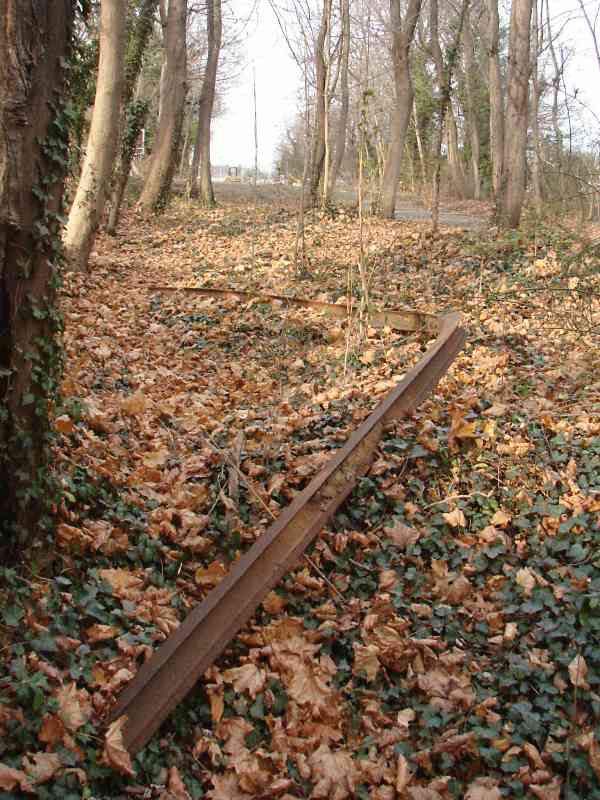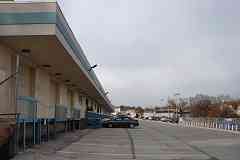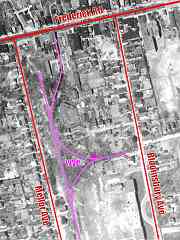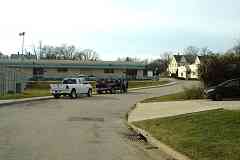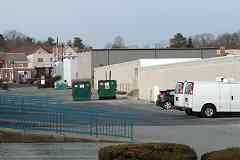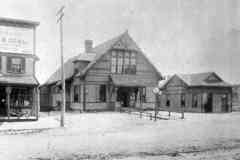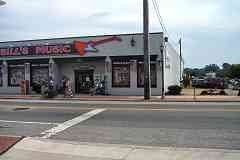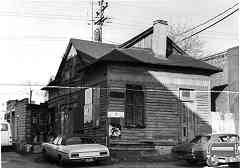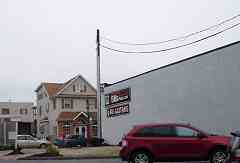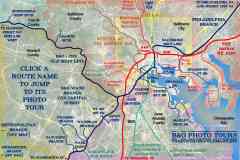|
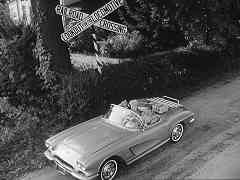 That intersection, with the railroad, appears at the opening of 1961's
Route 66 TV Show, Season 2, episode 8, "A Bridge Across Five Days".
You may be able to find the opening on youtube. It took Netflix four
tries to deliver a working DVD from which I could make screen caps
(fair use). From them we learn the CSL used "Railroad Crossing,
Lookout for the Locomotive" style signage.
That intersection, with the railroad, appears at the opening of 1961's
Route 66 TV Show, Season 2, episode 8, "A Bridge Across Five Days".
You may be able to find the opening on youtube. It took Netflix four
tries to deliver a working DVD from which I could make screen caps
(fair use). From them we learn the CSL used "Railroad Crossing,
Lookout for the Locomotive" style signage.
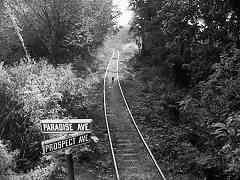
Nitpicky filming notes: in the scene with the railroad crossbuck, Tod
and Buz are bringing a woman to Spring Grove State Hospital (indeed the
facility's real name) via Paradise Avenue, but 1) their car is facing
away from the hospital, and 2) by this time the Baltimore Beltway had
severed Paradise Avenue's entrance to the hospital. When the camera pans
to the CSL tracks, it is looking east, away from the hospital. A dog on
the tracks observes the filming, likely an accidental extra. Those
street signs were Baltimore-standard issue from the 1940s into the
1960s, third-generation I believe.
|
